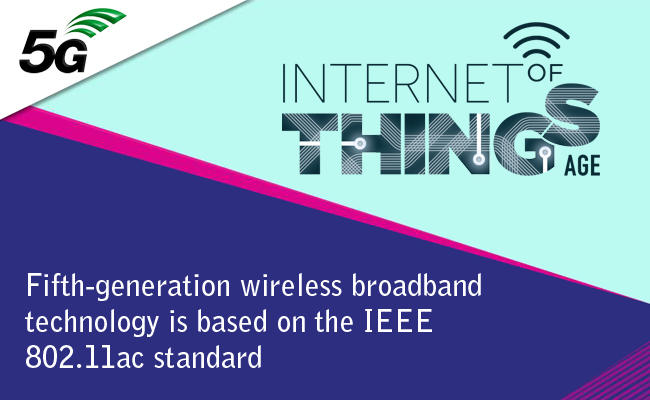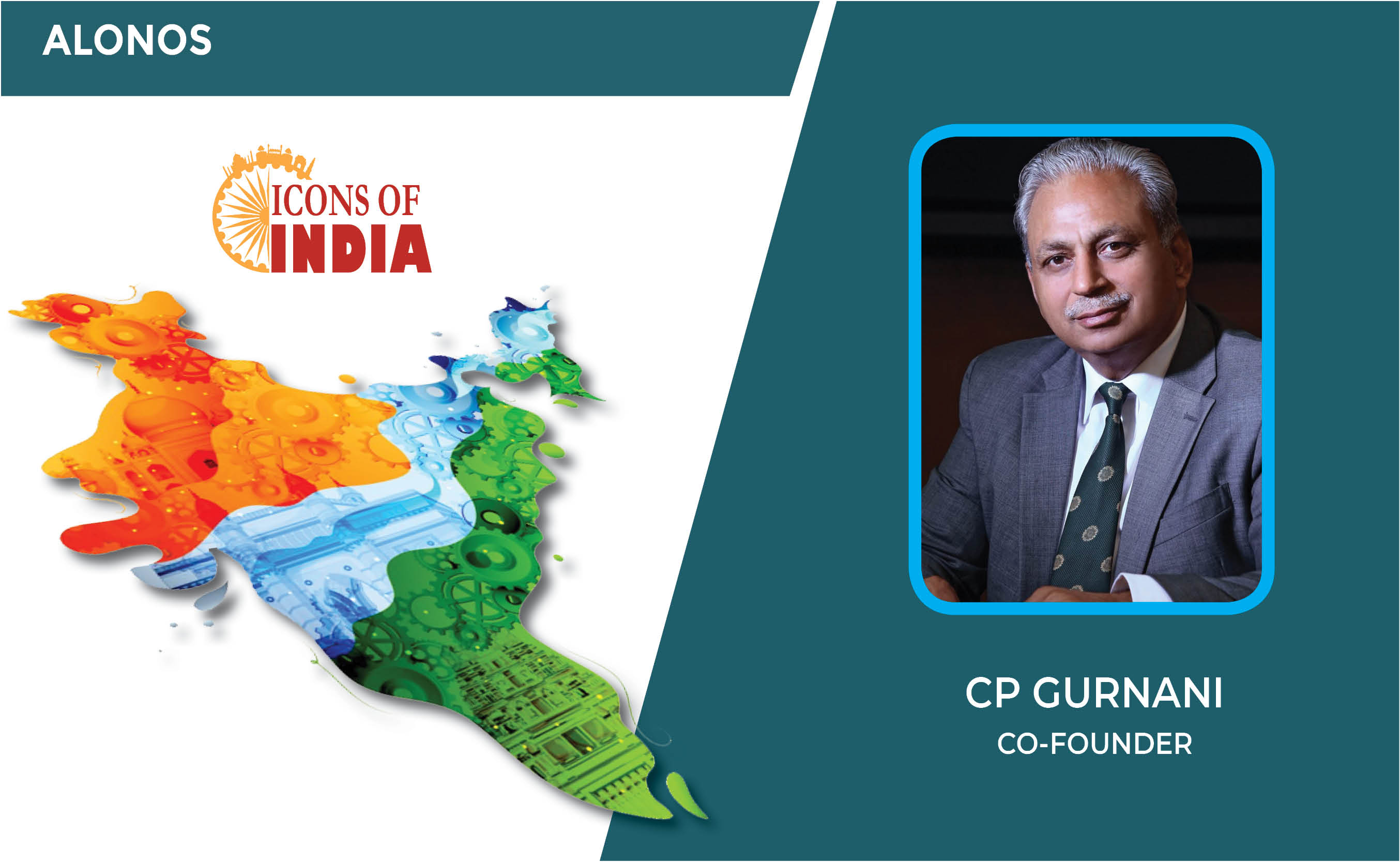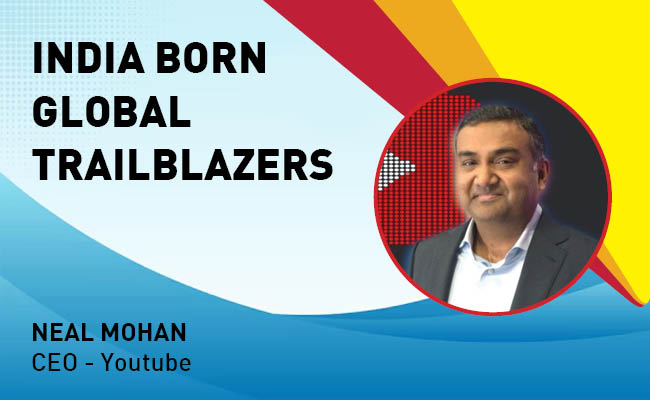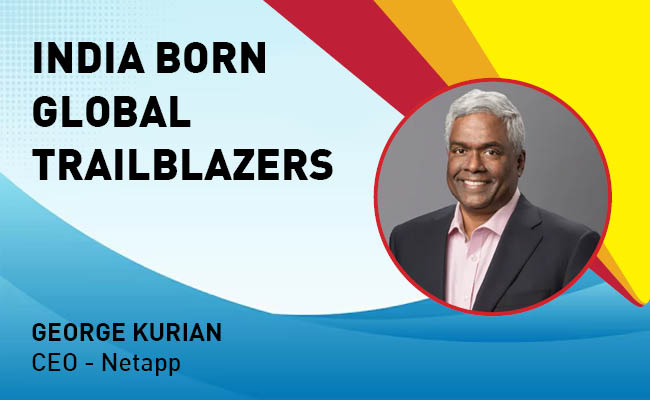Fifth-generation wireless broadband technology is based on the IEEE 802.11ac standard
By MYBRANDBOOK

Fifth-generation wireless broadband technology is based on the IEEE 802.11ac standard. An important goal of 5G is to erase the differences between wireline and wireless networking to accommodate the exploding mobility of network users. 5G will provide better speeds and coverage than the current 4G. 5G operates with a 5Ghz signal and is set to offer speeds of up to 1 Gb/s for tens of connections or tens of Mb/s for tens of thousands of connections. Huawei, a major player in the Chinese mobile market, believes 5G will provide speeds 100x faster than 4G LTE offers. 5G also increases network expandability up to hundreds of thousands of connections.
The signal technology of 5G has also been improved for greater coverage as well as spectral and signaling efficiency. These improvements stand to further enable changes like pervasive computing and the Internet of Things (IoT). Although 5G is not scheduled for launch until 2020, some manufacturers are already incorporating elements of the coming standard's specifications into their products.
Ericsson has announced that its installed base of radio products from the Ericsson Radio System portfolio will be able to run 5G New Radio (NR). This capability will be achieved through a remote software installation.
This applies to more than 150 different radio variants in Ericsson Radio System that are active in more than 190 networks around the world, meaning that Ericsson Radio System legacy radios from 2015 can support 5G NR. This 5G NR readiness also applies to Ericsson’s delivered micro radios in Ericsson Radio System and existing Radio Dot System products. In short, all Ericsson Radio System products are ready for 5G NR.
Fredrik Jejdling, Executive Vice President and Head of Business Area Networks, Ericsson, says, “We have a long history of strong backwards compatibility and our products and software are built for evolution – with Ericsson, there is no need to rip and replace. Investments in Ericsson Radio System since 2015 will continue to bring operators value when the time is right to transition to 5G."
Daniel Staub, Head of Joint Mobile Group, Swisscom, says: “Today’s news means that we can launch 5G services more efficiently with our future-proofed Ericsson Radio System products – significantly boosting the long-term value of our network assets.”
Operators will have the possibility to run 4G and 5G in the same band with the same radio and the same baseband. It will also be possible to share the spectrum between 4G and 5G with side-by-side carriers in the same band, and even with overlapping carriers using so-called ‘Dynamic Spectrum Sharing’ functionality.
According to the latest Ericsson Mobility Report, total global mobile data traffic is expected to grow eight times, while 5G subscriptions are forecast to reach 1 billion by the end of 2023. This puts increasing demand on operators to continue to expand capacity cost efficiently while addressing their 5G evolution at the same time.


Legal Battle Over IT Act Intensifies Amid Musk’s India Plans
The outcome of the legal dispute between X Corp and the Indian government c...

Wipro inks 10-year deal with Phoenix Group's ReAssure UK worth
The agreement, executed through Wipro and its 100% subsidiary,...

Centre announces that DPDP Rules nearing Finalisation by April
The government seeks to refine the rules for robust data protection, ensuri...

Home Ministry cracks down on PoS agents in digital arrest scam
Digital arrest scams are a growing cybercrime where victims are coerced or ...


Icons Of India : CP Gurnani
Former Managing Director and CEO of the well-known IT service company ...

Icons Of India : ASHISH KUMAR CHAUHAN
Ashish kumar Chauhan, an Indian business executive and administrator, ...

Icons Of India : GAUTAM ADANI CHAIRMAN ADANI GROUP
Gautam Adani is the Founder and Chairman of the Adani Group, which ran...


BSE - Bombay Stock Exchange
The Bombay Stock Exchange (BSE) is one of India’s largest and oldest...

EESL - Energy Efficiency Services Limited
EESL is uniquely positioned in India’s energy sector to address ener...

LIC - Life Insurance Corporation of India
LIC is the largest state-owned life insurance company in India...


Indian Tech Talent Excelling The Tech World - NEAL MOHAN, CEO - Youtube
Neal Mohan, the CEO of YouTube, has a bold vision for the platform’s...

Indian Tech Talent Excelling The Tech World - George Kurian, CEO, Netapp
George Kurian, the CEO of global data storage and management services ...

Indian Tech Talent Excelling The Tech World - REVATHI ADVAITHI, CEO- Flex
Revathi Advaithi, the CEO of Flex, is a dynamic leader driving growth ...
 of images belongs to the respective copyright holders
of images belongs to the respective copyright holders